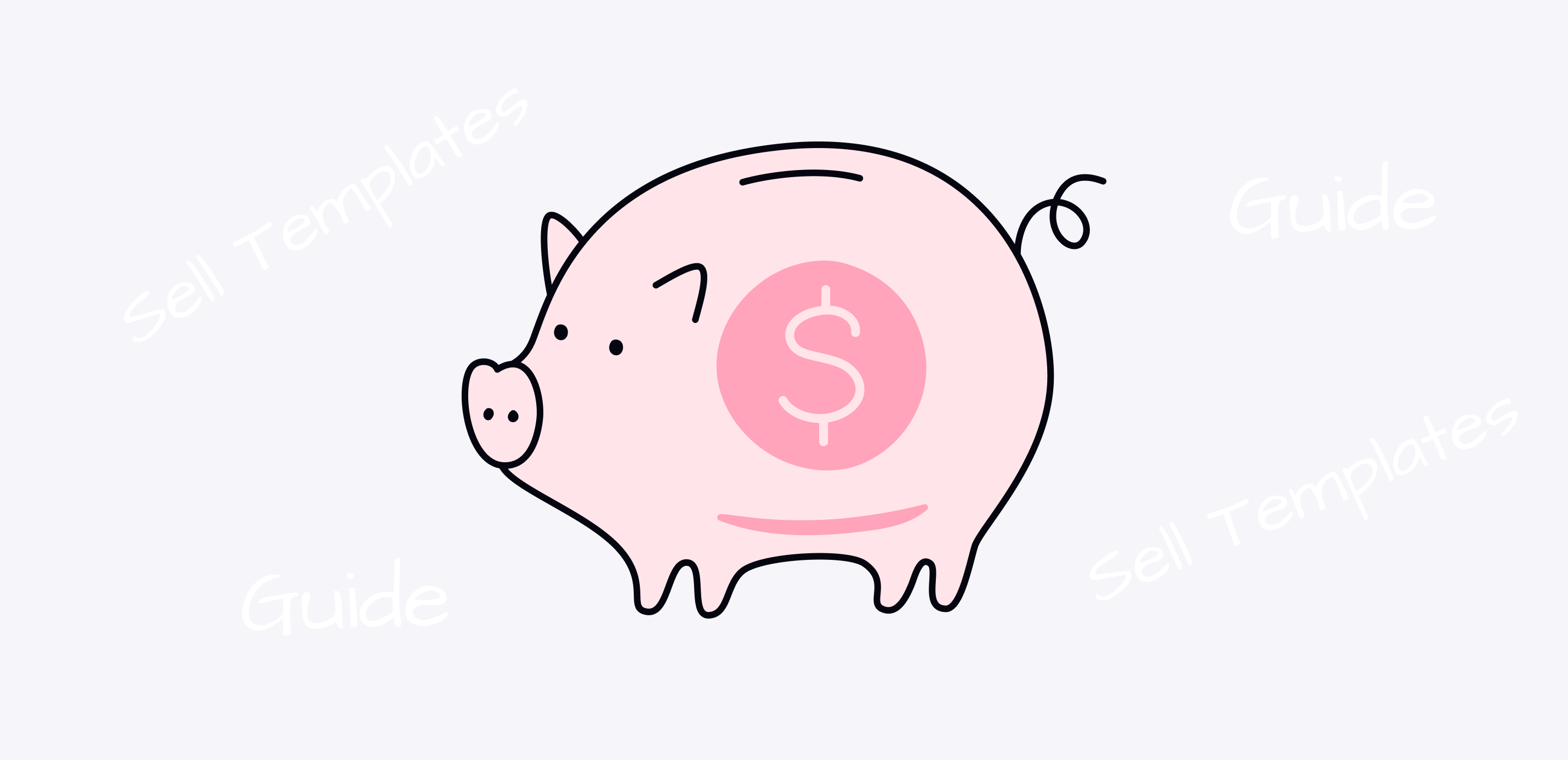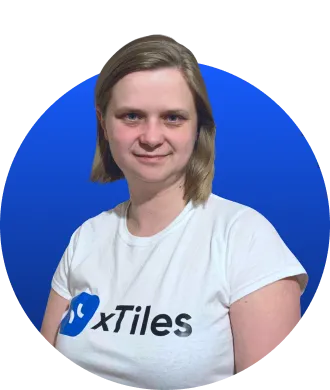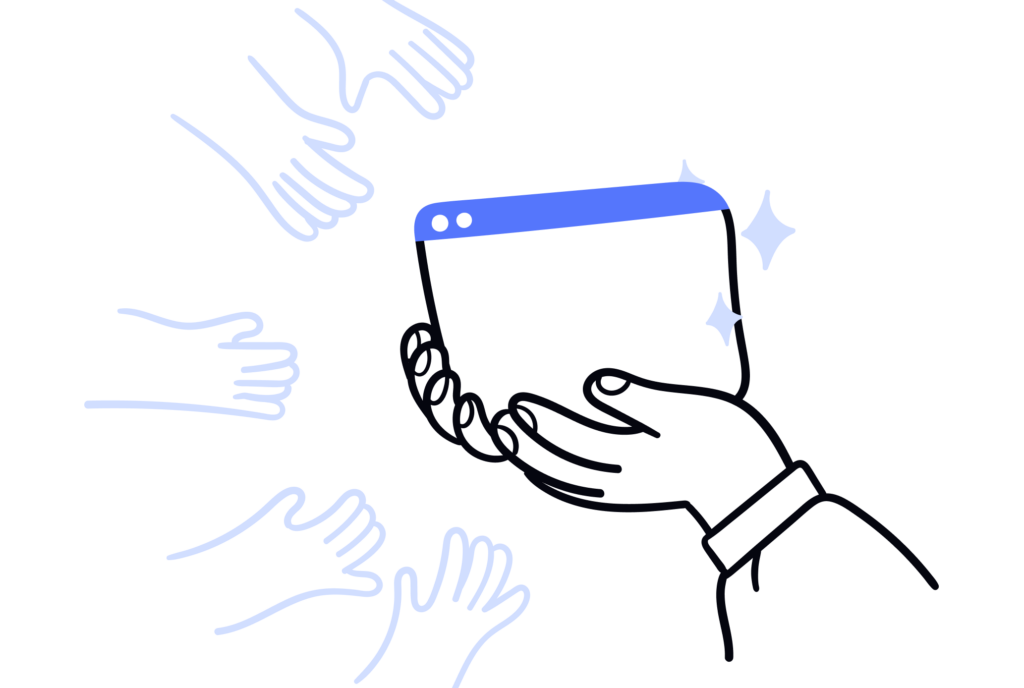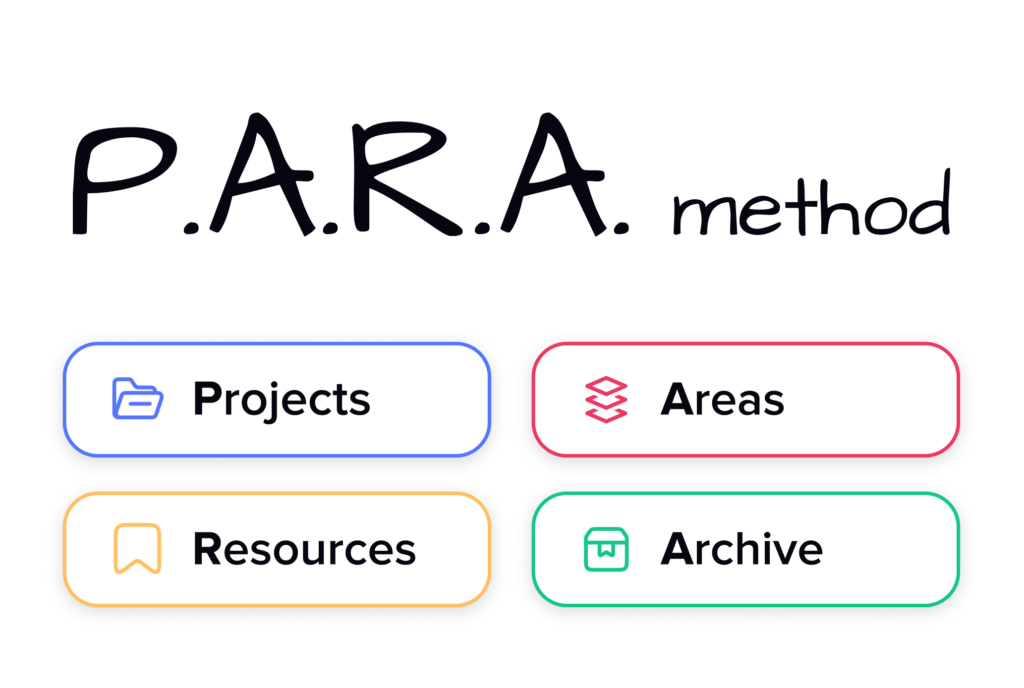When your template is added to the creative market, its journey only starts. Your creation still needs you. Thankfully, you can do many things to promote your templates and engage a wider audience.
Starting a template business requires minimal financial investment and offers potential earnings from selling your xTiles templates on various platforms, such as third-party marketplaces and personal websites.
xTiles won’t leave you on your own. For this part, which is ongoing, we have guidelines, too. They are based on our own experience and the experience of some of our creators on how to sell templates online.
Let’s start!
Basic marketing moves to sell templates online
When you create templates to sell them, naturally, you expect them to bring you some money. However, selling templates can be a lucrative business. There are many pitfalls that might stop or decrease your revenue. The niche is relatively new, so there’s a lot to communicate to your audience. However, there are basic marketing principles to follow when selling your product.
A few points are already handled. You have a template to sell and a creative market to sell it on. These first steps were relatively easy as you didn’t even need an online graphic design tool to work on your template, no graphic design background, etc. To start selling templates online and be successful will take more effort. When you create templates, it’s important to design unique templates, understand market demand, and consider using pre-made elements and fonts.
It’s worth remembering that the world of marketing and promotion works by its own rules, far from those established in a creative and artistic world. Selling Canva templates or selling xTiles templates might not be easy if only thing you have is a pre-designed template and no strategy.
In this article, we will help you learn what to do with your template
Here is a list of simple questions to ask yourself before you submit your templates for publishing to ensure it has a chance and the effort you’re going to put into promoting it won’t be wasted.
Who is your target audience?
You probably already know who will benefit from your templates. Many template sellers decide on this point before starting to work on their product. That is actually what we recommend. Insights about your potential customers will help you make the template more narrowly specialized and suitable for a particular kind of need.
Template sellers target individuals and businesses looking for unique, high-quality templates that stand out from those available in Canva’s native library, Etsy shop, etc.
However, this is also the question to ask after you finish. Template creators know that sometimes, the result is far from the outline, yet still great and interesting.
You can either design templates that will work for a wide audience or for very specific cases. However, it’s important to create designs that speak to your audience or anyone who needs a tool to make their lives and tasks easier.
When the template is ready, it’s easier to analyze what sets it apart and makes it special. Everything is worth mentioning and considering, whether it’s its design, a new approach to usual things, or additional elements that are supposed to help and support during the work on the main task. When you create templates to sell them, every detail is important.
For example, if you have made a basic weekly planner, it means that almost anyone can benefit from it. Students, teachers, office workers, busy moms, etc., can use your template to organize their routines. However, if you add one tiny element, like, let’s say, a checkbox for meal tracking, you can count on people who follow a diet using it instead of having many planners simultaneously.
For many people, this meal tracker can be unnecessary, which might cause them to scroll through your template and choose something else. However, if you target those who try to control what they eat, you know where you’re standing.
It’s important to remember that you’re not just selling a template, just a document with tiles and columns. Template sellers provide a solution people seek for. Sometimes, people don’t even know they need this kind of solution in their lives, but a great promotion strategy can convince them otherwise.
Are you sure it is useful?
If your template is useless for you, it has little chance of winning someone’s heart. Your template’s design elements should be not only appealing but useful. Surely, someone might buy it and you will get money, but soon enough, people will learn, probably from the feedback, that it lacks something.
You, the creator, have to be the first person it works for. If your templates are based on some approaches or systems you’ve been successfully using for some time, fret not. That is why it’s a great idea to start creating and selling your own templates based on what you use for yourself. Have a great planner for events? Why not make money on it? Have a magnificent expense tracker? The same.
High-quality templates answer people’s requests 100%. There should be no useless or strange element users will need to put up with. Think about usability and benefits while designing templates, not afterward when you’re trying to figure out why no one is willing to buy them.
Why do you want to start a template business?
The most possible answer is “for money,” whether you want to get a passive income or make it the main source of income. However, sometimes, it takes time to start making money selling your templates. The better advertisement company you can start for your templates, the higher the chances of quick success.
If you only start your template creator business and don’t have any audience it’s wise not to expect too much. Doubtfully, one template can make you rich in a fortnight. Even high-quality functional templates need time to find their customer.
When you decide to create templates to sell them afterward, you can go two ways: consider your new business as a sidekick, not the main way of earning money or put everything you have into turning it into something big, maybe even getting your own template shop.
What is the suitable price for your templates?
When creating templates, think about how much you would like to get from it. It’s important to be realistic. If you spent a lot of time developing something new, used a paid stock photo library or even Adobe Creative Suite to make it visually engaging and unique, added elaborate design elements, applied all of your design skills and learned new ones, your template shouldn’t be cheap. The more creative templates you make, the higher the price would be. However, it shouldn’t cost a few hundred dollars either.
What is an adequate price for selling your digital products on an online marketplace? Think of how much you would agree to pay for your template. View this question from two perspectives. The first one is when you badly need this template. The second one is when you don’t need it that much, but still would like to have it. Somewhere in between would be the perfect price.
Also, check similar pre-made templates on the creative market you’re about to use to ensure your price corresponds to the average market price. This is especially important for pre-designed templates, as the market for these is highly competitive and pricing can significantly impact your sales.
Small business owners, like template sellers, tend to underestimate their products or try to charge as minimal a price as possible just to sell their product, which is not the best strategy, as too cheap prices might be suspicious.
Sell digital products: a beginner’s guide
Selling digital products might be challenging. However, there are many ways to promote your xTiles templates. Thankfully, many of them won’t cost you a penny. We will start with the basics:
1) Free templates
Offer your templates for totally free, like a default version of what people can get if they buy more of your digital products. You can make two kinds of templates: one with limited functionality and the other with full functionality available only for those who pay.
You can share the free one on your social media or via your newsletter (we will talk more about the best platforms to do it in a minute) to showcase your approach and design skills. Yes, many will stay with the free one, but you still get a new audience, which might buy something else from you or help you gain new clients through word-of-mouth. This can also be a great way to start selling templates and turn your design skills into a profitable business.
2) Exclusive content
Create a sense of exclusivity by releasing limited edition or seasonal templates. Highlight the uniqueness or relevance of these templates for a specific time period or occasion. Limited availability can drive demand and prompt customers to make a purchase before missing out.
For example, design your templates using the latest cultural trends. When Barbie was released, pink templates were the most popular ones. However, you can also go with something that remains in people’s heads a bit longer, like paintings or animals. The latest trend on frogs, capybaras, or opossums is worth trying, too. Also, you can always give it a go with the immortal classic – dogs or cats – to win the hearts of your potential customers.
3) Partner with other creators
You can partner with other online creators or businesses in related niches to cross-promote each other’s digital products. This can expand your reach to a new audience and increase the perceived value of your templates.
For example, collaborate with a software tool or service that complements your templates, and offer joint promotions or discounts to both sets of customers. Additionally, consider the potential of selling templates on Etsy. Owning an Etsy shop offers a large audience and ease of use for digital products.
No matter which trick you choose, or find something that suits you better, remember to combine these tricks with effective communication and promotion through social media, email marketing, and other relevant channels to maximize their impact.
Promote your digital storefront
Promoting your templates is an ongoing process if you want to get regular revenue from them. However, today, the ways and platforms you can do it without investing money are almost endless. Let’s take a look at the most popular and suitable for template selling and discussing platforms so that you can choose a few that are the best for your business.
Quick spoiler: having your own website for promoting your templates is great, but if you don’t have one, and don’t plan on starting one, you still have plenty of ways to tell the world about your creation, so it won’t stay untouched on the creative market.
Here’s a list of places where you can effectively market your digital products:
Social Media Platforms
Yes, all your social media are perfectly alright to talk about your new template. Moreover, a well-developed social media page is even better than having your own website as people spend most of their time on their favorite social media and are likely to find you easier than on Google.
However, it’s important to understand that the approach to promotion should vary depending on social media platforms.
- When you choose Instagram, share visually appealing images and stories showcasing your templates. Utilize hashtags and engage with your audience. It’s not enough to share a template link as it won’t look interesting and encouraging, especially now, when people try to avoid clicking on links they don’t trust.
- Social media templates should be promoted via social media. That’s how you can prove they are really working. For example, Instagram can be the best place to sell Instagram templates.
- When you choose Pinterest to advertise your template, create boards dedicated to your templates. Use compelling visuals and pin regularly to gain visibility.
- The same goes for Facebook. You can share your templates with your friends through your profile posts.
- On Twitter, share updates, tips, and snippets of your templates. Utilize relevant hashtags and engage with your followers, and don’t forget to pin the post about your template so it won’t get lost amid other tweets.
- You can even get your own website to promote your templates. It doesn’t have to be something big and pompous. A usual landing page will be enough to introduce people to your templates and their distinguished features.
While Instagram and Pinterest are more about visuality, Twitter is almost all about short textual content that strikes or makes people laugh. Take into account that if you arrange your advertisement on Twitter using threads, it’s better to start with the most important thing because not everyone will open the thread to check the comments.
Social media posts, whether it’s Instagram stories, Twitter banners, or Facebook videos, based on your product are a great strategy to start. For many creators, it’s the only way to promote their templates. Sometimes, it’s enough. However, why limit yourself? Let’s check some other ways and platforms to advertise your digital products.
Design Communities
This type of platform is a bit more sophisticated, and many people who don’t consider themselves designers will skip it. However, it’s always worth taking a chance and going for a professional audience.
- On Behance, you can showcase your templates in a professional portfolio. Engage with the design community and seek feedback, which might be quite useful for further improvement and new design approaches to your designs and vision. Additionally, consider selling your templates here to tap into a market of professionals looking for high-quality designs.
- Dribbble is pretty similar to Behance. Here, you can share shots of your templates and interact with other designers.
A shareable template link might not be enough in this case too. Mix it with social media graphics or other elements that quickly, easily, and in a funny or witty way showcase your template’s strong points.
Social media graphics, such as images, videos, stories, cover art, infographics, quotes, blog images, GIFs, lists, screenshots with arrows, charts, thumbnails, posters, and logos, are versatile assets that can also be utilized across multiple platforms. In essence, you can streamline your advertising efforts by creating universal content suitable for all the platforms you incorporate into your promotional strategy.
Online Forums
Online forums are great for engaging a wide and active audience to discuss something. If you find a topic relevant to your template, you can find many people who might be interested in your templates and their functionality.
- On Reddit, you can participate in relevant subreddits and share your templates. Be mindful of the community guidelines.
- On Quora, you can answer questions related to template design and subtly promote your work.
Professional Networks
Many would think that a professional network is not a place to promote a template because this is a place to talk about jobs, job offers, industries, innovations, etc. However, if you have a template for HRs or managers, this is definitely your place to talk about it from a professional point of view. After all, all professionals are people who need to plan their training sessions, meals, events, etc.
- On LinkedIn, you can share updates about your templates, including case studies or success stories. Connect with professionals in your industry.
Content Sharing Platforms
Sharing your templates through platforms that are created for this purpose is a wise idea since they already have the functionality you need. However, many people don’t use any such platforms except for YouTube and even then they consider this path too complicated. We believe that creators should take all the chances to promote their templates.
- On SlideShare, you can create presentations showcasing the benefits and uses of your templates.
- On YouTube, you can produce video tutorials or walkthroughs demonstrating how to use your templates effectively. You don’t have to come up with scenarios and learn any particular video editing techniques. It will be enough to take a short video of your screen while you’re using your template to showcase its benefits.
Blogging Platforms
You don’t have to be a professional blogger to use these platforms for promoting your templates. Many of them are available after a quick registration via your email.
- On Medium, you can write articles or blog posts related to template design and link back to your products. You can organically advertise your templates through the texts about topics they are related to. Or you can go straight forward and write posts about the value your templates bring to users.
When starting a blog to promote your digital products, keep in mind that plain text might not be enough to encourage people to buy them. You will need blog graphics to deliver information about your templates benefits and features in an easy way as many would not want to waste their time on longreads.
Email Marketing
For this promotion trick, you will need to have a base of emails to use. You can encourage people to subscribe to your newsletter via other platforms like Instagram or Facebook. Step-by-step, you will create a community of people who share your interests and might be interested in buying your digital products.
Online Communities
Finding people who share your interests is easier than ever with free access to open communities on social media and specialized forums and websites.
- You can join or create groups related to template design or your niche on Facebook or Instagram. That would be the perfect place to share your expertise and templates.
- Another great place to find the needed community is Discord Servers. If applicable, participate in Discord communities related to design and share your work.
Influencer Collaborations
This is a bit more complicated and might need some investment because influencers with big audiences might not want to help without being paid for their advertisement. Also, this way is rather for advanced template creators who have already ensured a template business is what they really want to do. So, if possible, collaborate with influencers in your industry to promote your templates.
As you see, there are a lot of methods to promote your templates. Sometimes, even your own website can’t be as effective as combining a few of these ways. What is important, is that you need to develop a holistic approach to advertising your products. Social media users, creative market users, your subscribers, etc., can’t get chaotic bits of information. It will get lost in their feed in a second.
If you’ve chosen social media, create a detailed plan on how often will you publish something related to your templates. The same with email marketing. You can’t just spam people with offers. They won’t appreciate such an approach.
You can be a little less delicate with forums and communities, as the chats there move super quickly and people might not see your post at first. However, be mindful about the communities’ rules. For example, Quora might block you if you’re too deliberate and try to stick your templates to topics barely related to it.
Summing up
Selling templates goes beyond their initial listing on the creative market. The journey involves understanding your target audience, testing the functionality, and ensuring the templates provide a valuable solution.
Marketing tricks like offering free versions and collaborating with influencers can enhance your visibility as a creator. Leveraging various platforms, including social media, design communities, and professional networks, amplifies promotional efforts.
In this guide, we tried to emphasize the ongoing process of promoting templates, providing a diverse range of strategies for creators to effectively market their digital products and achieve sustained success. If you have any questions, you’re always more than welcome to contact us at [email protected].
FAQ
How can I determine the right price for my templates?
Look at the other templates available on the market to compare them. Think about how much you would pay for your template yourself. Price it within those points, so that it corresponds to what you invested to develop it.
What are some effective ways to promote my templates for free?
Promote your templates on the social networks, specifically on Instagram, Pinterest, and X (Twitter.) Use design communities like Behance and Dribbble. Engage in related online forums or research and career networks such as LinkedIn.
Should I offer free templates as part of my marketing strategy?
Yes, it might be an option. When you are new in the business, free templates are good to go. It lets prospective customers feel the results of your work and can result in recommendations. They allow one to develop limited versions, which are available at no cost, and full-featured versions for customers.
How important is it to identify my target audience before creating templates?
Identifying your target audience is crucial. It helps you create more specialized and suitable templates for particular needs. Understanding your potential customers will guide your design process and marketing efforts.
Is it necessary to have my own website to sell templates successfully?
As with the previous point, it is quite beneficial to have one, but it is not a strict necessity. You can also easily promote and sell templates with the help of social media, online stores, and designers’ communities. An active and well-developed account on social media can be even more useful than having one’s own Internet website.









